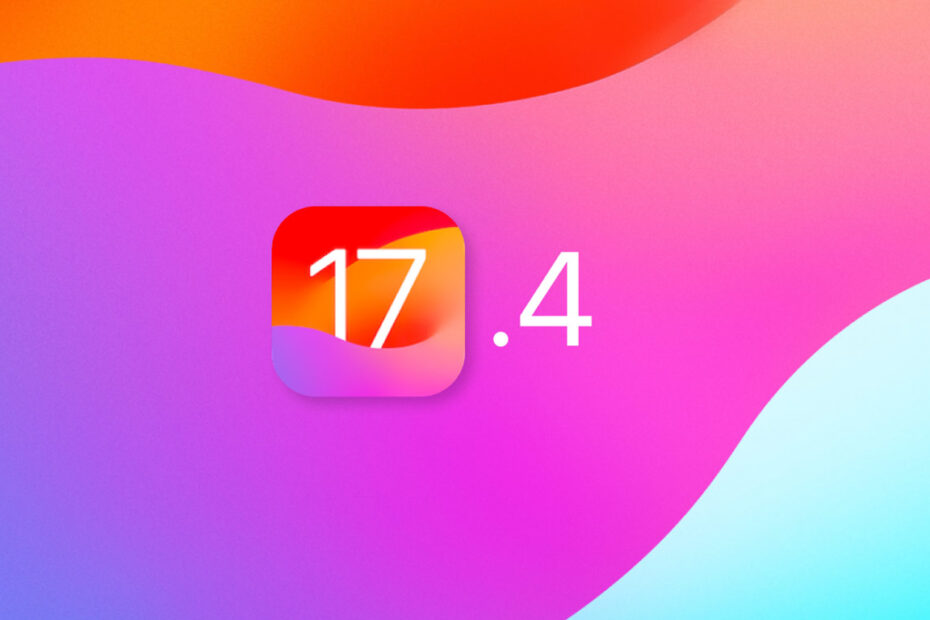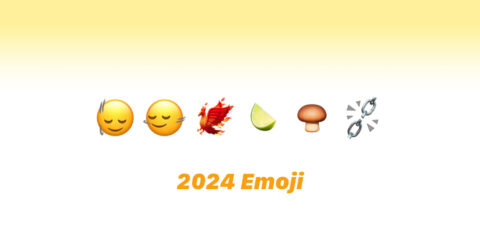iOS 17.4 and iPadOS 17.4 are here, bringing big changes for those in Europe, smaller changes for the rest of the world, and security improvements for everyone. Let’s take a look.
Alternate app stores
Apple has effectively split its App Store in two, with one version for the EU and one for the rest of the world. With this latest iOS release, EU-based iPhone users have the ability to use third-party app stores.
This change was made in response to new anti-gatekeeper laws in the EU, and Apple squeaked the update out just 24 hours before the legal deadline. You can read more about why it’s a big deal here.
Extra emoji
Android users have had the latest emoji for months now, but iPhone and iPad users are only just getting in on the act. It’s a pretty small update, with just six all-new additions and 118 new variants. The fiery phoenix is this year’s stand-out.
Watch out, though – if you send one of the new symbols to someone who hasn’t updated to iOS 17.4 yet, they’ll see a placeholder made of two old emoji instead. See all the new emoji (and what their placeholders look like) here.
Super security
As ever, Apple has bolstered security with this update, patching vulnerabilities and fixing bugs. We’d love to tell you more, but the company is purposefully vague with these changes to avoid tipping off hackers about weaknesses.
There’s also a very futuristic-sounding upgrade for iMessage, utilizing “symmetric authentication keys” to keep your messages “quantum-secure.” We’ve written more about what that really means here.
More
There’s more, too, but nothing earth-shattering: Apple Podcasts now provides transcripts; virtual cards come to Apple Cash; Stolen Device Protection has more options; songs you recognize with Shazam or Siri can be added to Apple Music more easily.
For a full list of changes and bug fixes, press Learn More when updating in Settings to see Apple’s full release notes.
How to get iOS 17.4
Note that even with Automatic Updates switched on in Settings, it’s often faster to manually trigger the update process. Go to Settings > General > Software Update to check for the latest version of iOS, and App Store > Account to see which apps are due an update.


